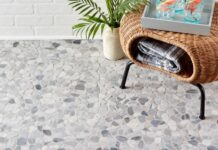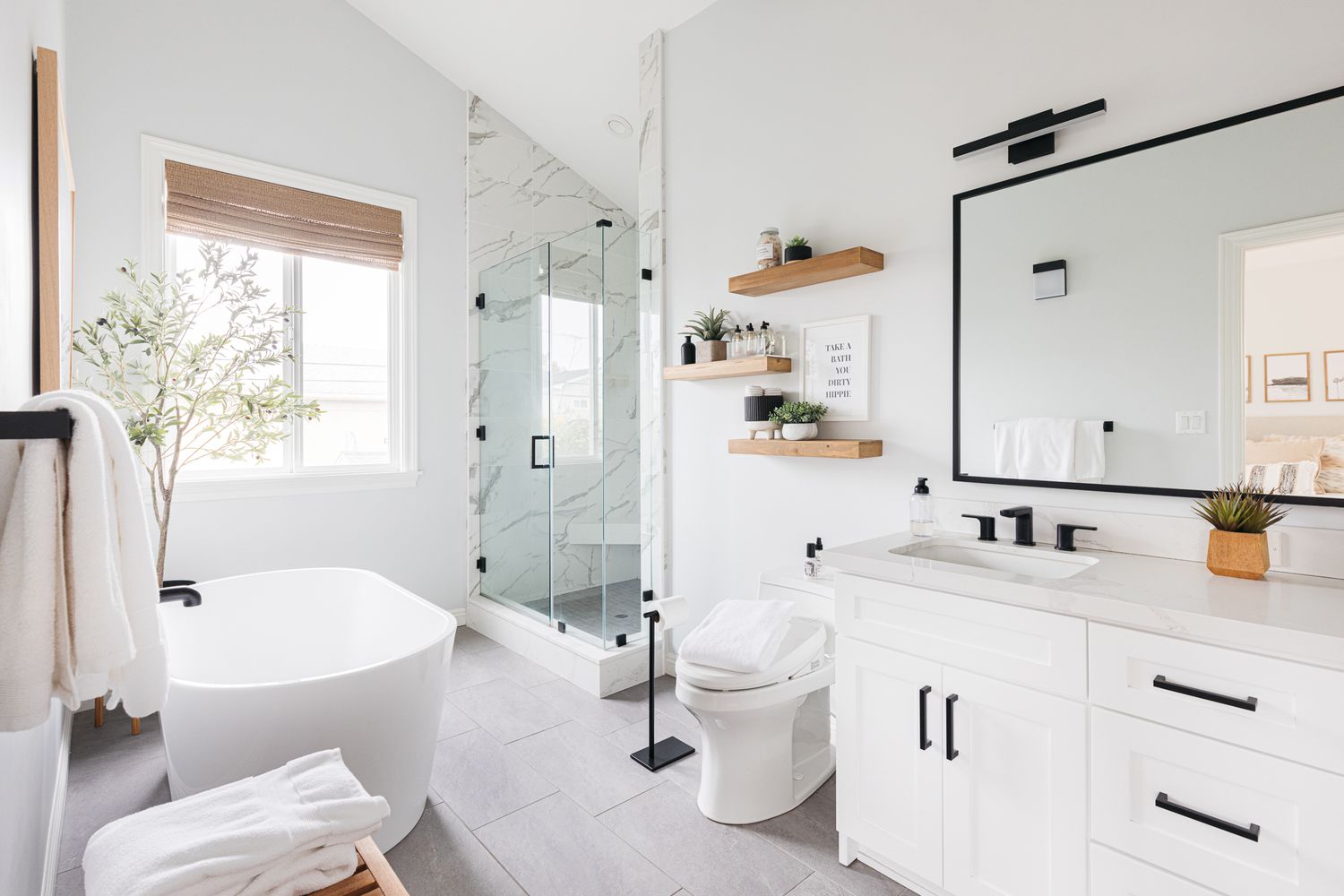
When you have determined that it’s time to remodel or repaint your bathroom, you may be unsure where to begin. While larger activities like enlarging, showering, and having an altogether new unit will have a huge effect, it is crucial to notice minor details. Thus, even though bathroom ceiling cladding may not appear as critical, it may cause an equally important change.
Furthermore, bathroom ceiling cladding is an excellent addition to any bathroom since it has practical and cosmetic benefits. A wide range of bathroom cladding options provides an appealing aesthetic and functional characteristics like class 1 fire resistance, grout-free installation, and 100% waterproof materials. Before you browse into different types of bathroom ceiling cladding, here are some heads up on how one can help you.
Virtually Maintenance Free
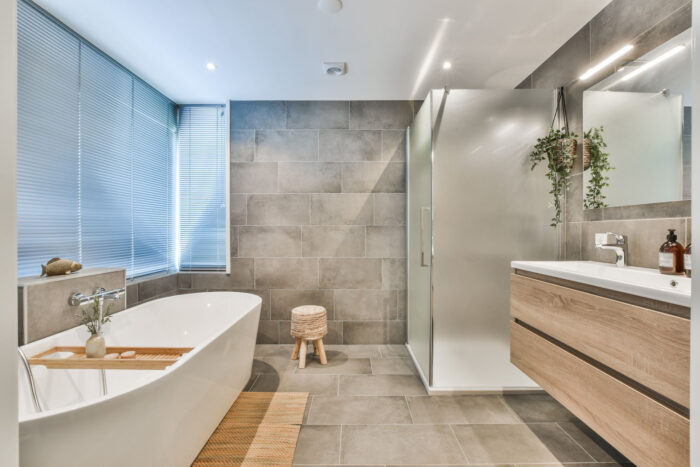
Stop worrying about intricate and laborious cleaning and maintenance procedures because ceiling cladding panels may be maintained in pristine condition by just patting them with a moist soapy fabric. Cladding panels don’t gather dirt and don’t need frequent paint coats.
Avoid Dampness and Mould
Extreme moisture is unavoidable in bathrooms, resulting in mold and condensation development in the ceilings and walls. Bathroom ceiling cladding, on the other hand, is completely waterproof; this implies that the ceiling solution avoids the emergence of moisture, condensation, and other associated issues.
Decoration Does Not Decline
Fortunately, with the long-lasting and sturdy ceiling cladding, you may appreciate the luxurious appearance of your new bathroom ceiling in the coming years. Whereas conventional bathroom ceiling options, like wooden or painted ceilings, can distort, fade, or flake with time, ceiling cladding is meant to appear as pleasing as new for years.
Easy and Fast Installation
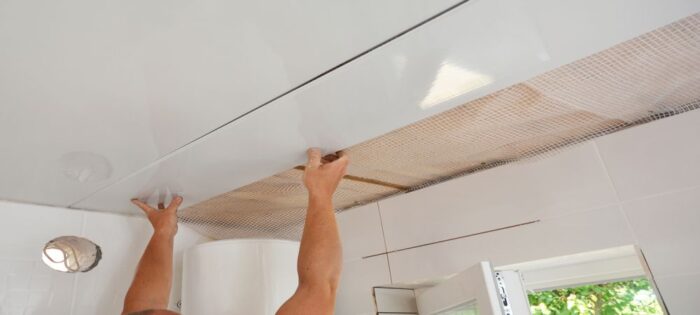
The bathroom ceiling cladding comprises personal UPVC panels, which are very light. This implies that installing new cladding in your bathroom is simple and fast. You don’t need extensive finishing work such as varnishing or painting; you only need to hold them into position. It may be installed across various existing ceiling materials without requiring their removal.
Whenever it comes to bathroom ceiling cladding, there are various options. They may be nailing, stapling, or a mixture of the three.
1. Stuck
Sticking is a quick and straightforward way to install cladding over uneven surfaces. While the glue is set, you may have to keep the material. You may also employ several staples to keep it in place.
2. Stapled
Stapling is quick, but the ceiling must have the proper substrate; wood or plasterboard is ideal. When your roof is plastered, you may still employ staples. The staple will be shot via the plaster and into the panel by the gun.
3. Nailed
Nailing is less popular since hammering correctly is challenging while working above. Furthermore, you wish to avoid striking the panel surface with a hammer since it will be damaged. You may utilize a nail gun, but it may be too strong.
Very Hygienic
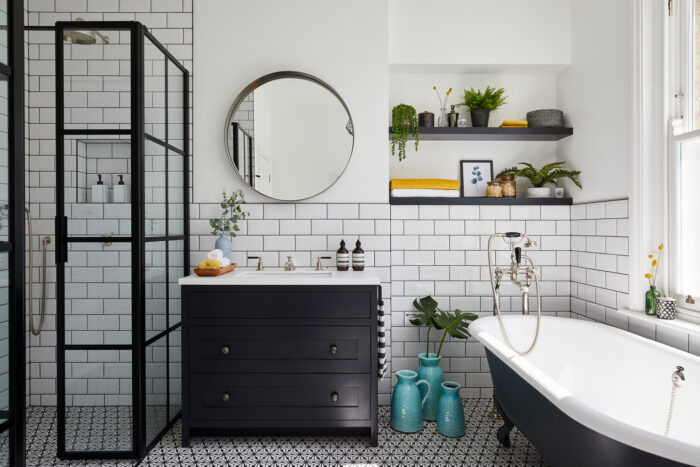
Painted ceilings attract germs and dirt, and timber ceilings are no better since they may become similarly prone to mold, damaging anyone with pre-existing respiratory ailments. The use of these conventional ceiling solutions may result in unsanitary bathroom conditions. UPVC cladding, on the other hand, prevents germs and humidity from gathering.
Conclusion
There are various benefits to using bathroom ceiling cladding; it may function as soundproofing and insulation, keeps warmth, and prevents noise from migrating to other house rooms. Bathroom cladding also aids in the reduction of condensation, which is common in these sections of the house. Furthermore, the cladding may be completed as a simple DIY project, making it an excellent alternative for individuals who like doing their housework.



